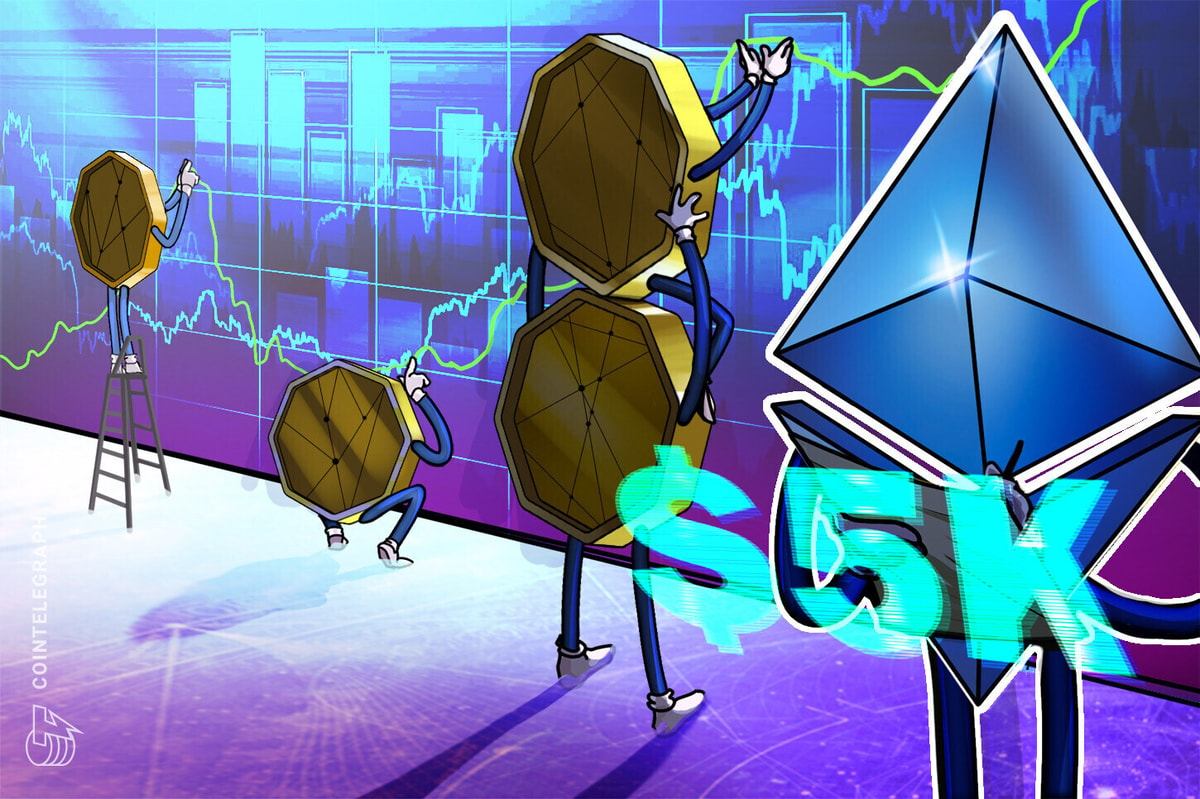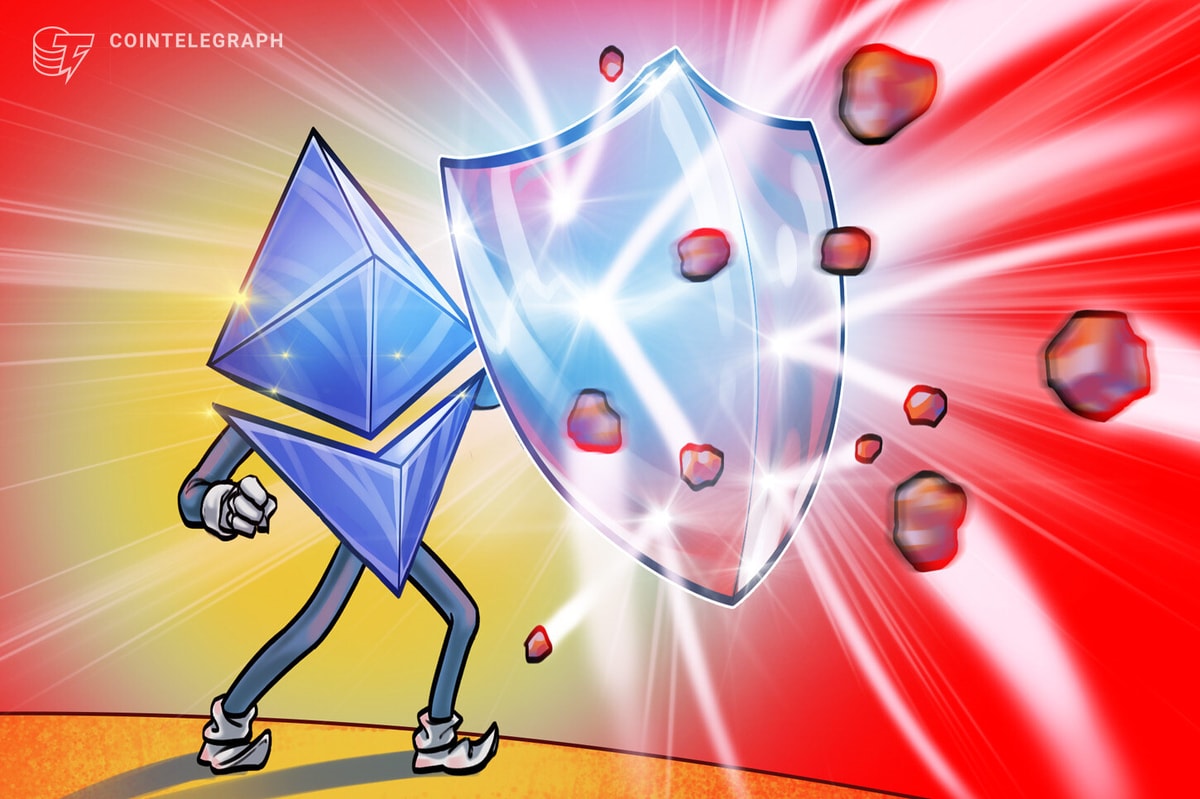According to recent research from blockchain analytics firm Flipside Crypto, Brave’s Basic Attention Token (BAT) became the most used ERC-20 token in the decentralized finance (DeFi) sector from June 19 to July 2. According to Dapp.com, “there was a transaction volume of $931 million generated from BAT token, more than the combined volume of Ether and Dai”.
BAT is the token used to incentivize and reward advertisement viewing by Brave Browser users. The idea behind blocking advertisements is to encourage ad makers to share revenue with the end users who watch ads and share their personal data, which oftentimes they are unaware is being tracked and monetized.
While Brave may be one of the leaders in the blockchain advertising space and BAT is frequently traded by crypto investors, the most recent surge in price and trading volume was abnormal.
What was behind the BAT pump?
According to Flipside Crypto, the recent increase in BAT volume and price was connected to developments in another DeFi project called Compound.
For the past few weeks Compound has been the center of attention in the DeFi space and the recent release of its COMP token caused a stir as it rallied 233% in its first week of trading. As reported by Cointelegraph, COMP has also become the largest DeFi protocol in terms of total value locked.
Compound’s reward mechanism allows users to borrow tokens by depositing an equivalent amount of another token as collateral for said loan. At the same time, the lenders earn interest on the tokens locked in exchange for supplying liquidity to the Compound lending ecosystem.
The protocol also provides additional COMP rewards to participants based on the amount of interest they earned or paid for lending or borrowing.
According to data from Flipside Crypto, this was the reason for the surge in activity because tokens like BAT have a high interest rate of 30% for lenders and borrowers.
The dangers of inorganic activity
Although the spike in BAT usage does not seem to pose any immediate threat to the overall DeFi ecosystem, there are a few easily-overlooked consequences to such accentuated inorganic activity.
The surge in activity is created because users can simply borrow a token and resupply it to the lending protocol to earn COMP tokens for performing both roles.

Basic Attention Token active supply from June 20-July 6. Source: Flipside Crypto
The Ethereum network is already facing serious congestion and scalability issues with its surging activity on stablecoin and DeFi protocols. Inorganic activity such as that seen with BAT siphons necessary resources from users who are interacting with the smart contracts in a more ‘legitimate’ way.
Flipside Crypto noted that this sort of activity can also cause serious liquidity issues for tokens with a relatively-small market cap and trading volume. In the case of BAT, around 82% of its supply was locked in Compound during this period.
This unusual activity came to a stop when Compound changed the way its bonus COMP tokens are distributed on July 2. Users are now rewarded on the basis of the dollar value of assets borrowed, rather than the interest earned which has led users to shift to stablecoins like DAI.
However, the most recent pump in BAT’s volume and spot price shows just how fragile the DeFi ecosystem still is, and also how easily it can be intentionally or unintentionally manipulated.










